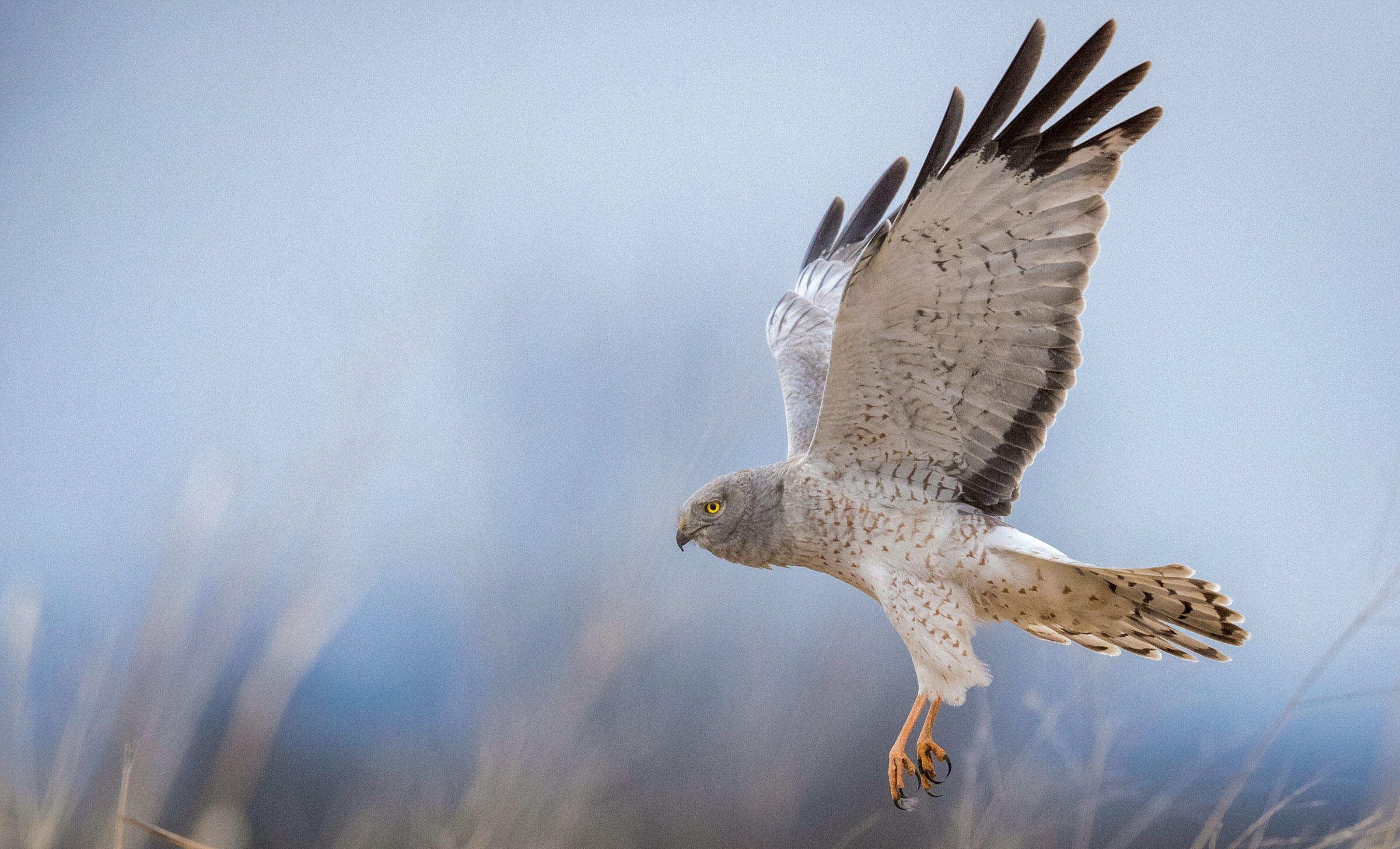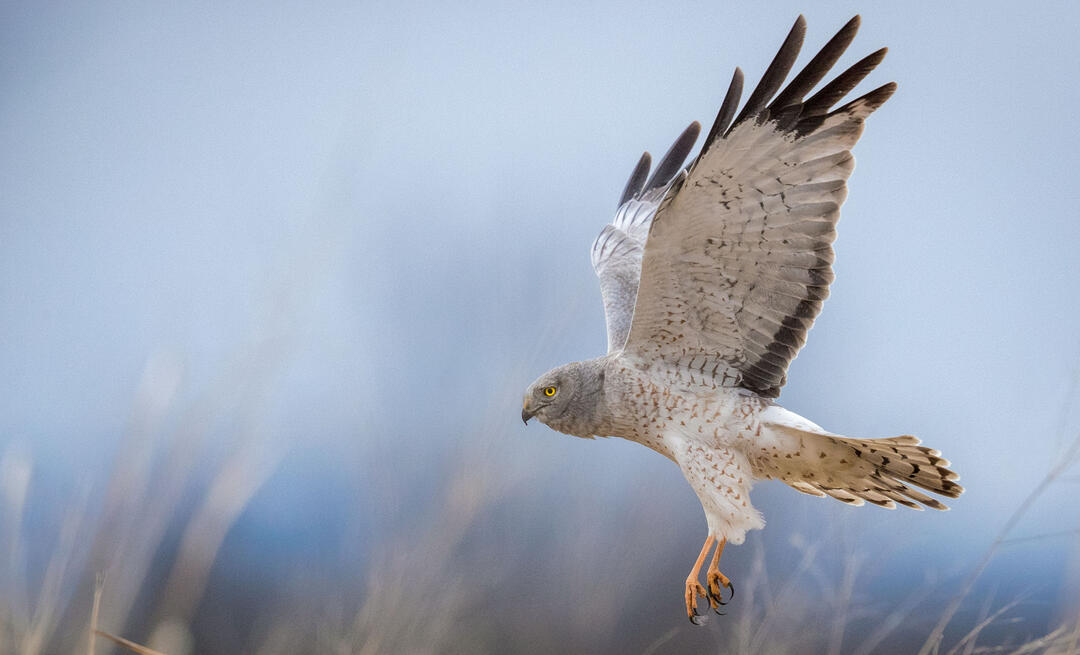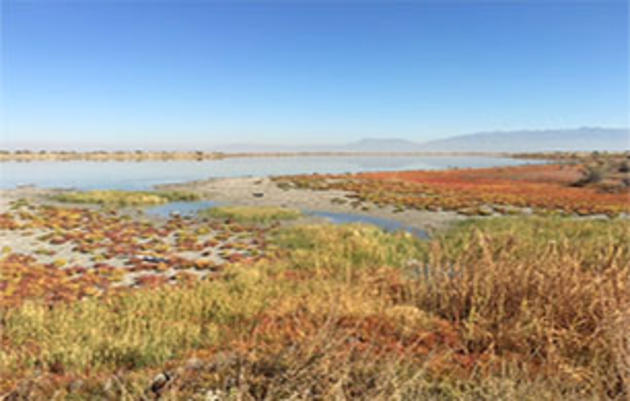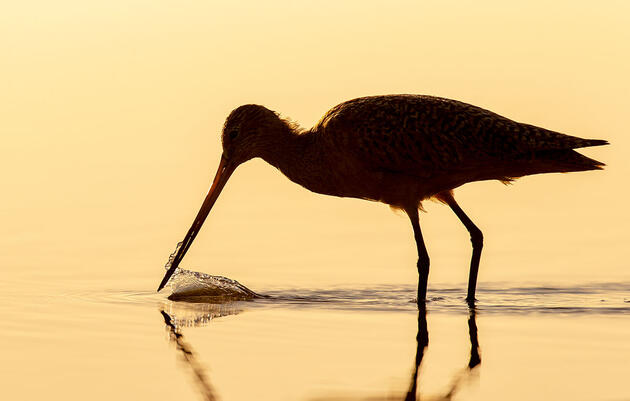Along the route to Gillmor Sanctuary stands an old wooden fence with posts standing upright and tall, battered and worn by the sun, wind, and ice.
Nature is a playhouse and this old wooden fence a stage. Season after season, year after year, actors act and the plays go on.
Long spans the time I have held a front-row seat.
The cast of characters regularly appearing varies little. Mostly birds of prey, silent rigid silhouettes using the pole as a vantage point to scan the surrounding shrubs and grassland for prey: Golden Eagle, Red-tailed Hawk, Northern Harrier, Loggerhead Shrike. Small passerines also perform: Lark and Vesper sparrows, Sage Thrashers, and Western Meadowlarks appear briefly upon a wire or pole sometimes projecting a melody outward into the landscape before darting back to the surrounding vegetation. Western Kingbirds perch, scanning eyes in a restless head followed with a bursting forth to hawk an insect from the sky.
July 20, 2020
Early morning, I make my routine passage parallel along the old wooden fence.
Familiarity often dulls perception of things commonly seen. Today the lifeless fence fades into mental inconspicuousness.
Sudden movement catches my eye. A Northern Harrier makes an entrance strongly flapping east across the scene in perfect alignment with the top of the fence. The bird’s flight path slowly rises to twelve feet above the fence, then abruptly turns, returning west, descending to within six feet of the fence before ascending once again.
Repeatedly, back and forth the long arc is flown.
Harriers are birds of the sky occasionally flying high, even soaring. Their courting sky dance of acrobatic U-shaped loops and head-over-wings stalls is legendary.
But mostly harriers are found not high, but flying low, in close and intimate proximity to the Earth.
There is something whimsical and capricious about the wandering flight of a harrier as it goes its way flapping and gliding, tipping and tilting the v-held wings. These on-the-wing predators sometimes cruise a hundred miles a day over wetlands and open terrain in search of food.
Like an airplane retracting landing gear to eliminate parasitic drag of motion through the molecules of air, harriers fly with legs folded flush against the body except when landing, capturing prey, or displaying.
A ruff of feathers lending the face an owl-like appearance is a sound gathering mechanism. Foraging primarily by sound, they fly intently focused, listening for rustles or squeaks from prospective prey usually concealed from sight in the vegetation below. Voles are a primary food source around Great Salt Lake, but harriers are opportunistic, taking a variety of mice, rats, snakes, insects, and small birds.
Today, this harrier is following a unique, repetitive, and curved path above the fence line, not with typical spryness and buoyancy but tense as if determined destination powered every flap of the wings.
Even more peculiar, beneath the body and below the feathered upper legs, dangled two long strikingly yellow legs; talons flared widely.
This was strange behavior and the “why thus" perplexed me. Intrigued, I lingered and watched and contemplated the meaning of the unusual early morning drama unfolding before my eyes.
Interpretation lacking relevant facts easily leads to narratives inconsistent with reality.
The Short-eared Owl appeared just as suddenly as that harrier when it first zoomed into the scene. But the previously unnoticed owl perched atop a pole had been there all along. Its bulky body with rounded head matched the width and shape of the pole and its blotched brown and creamy back feathers blended perfectly with the irregular coloration of the weather-battered pole. Catching a slight movement of the head morphed the perceived inanimate top of the pole into a living bird.
The harrier continued back and forth, the perched owl the nadir of the arc.
Soon after spotting the owl the play ended. The harrier exited flying toward the south and shortly thereafter the owl took flight to the northwest.
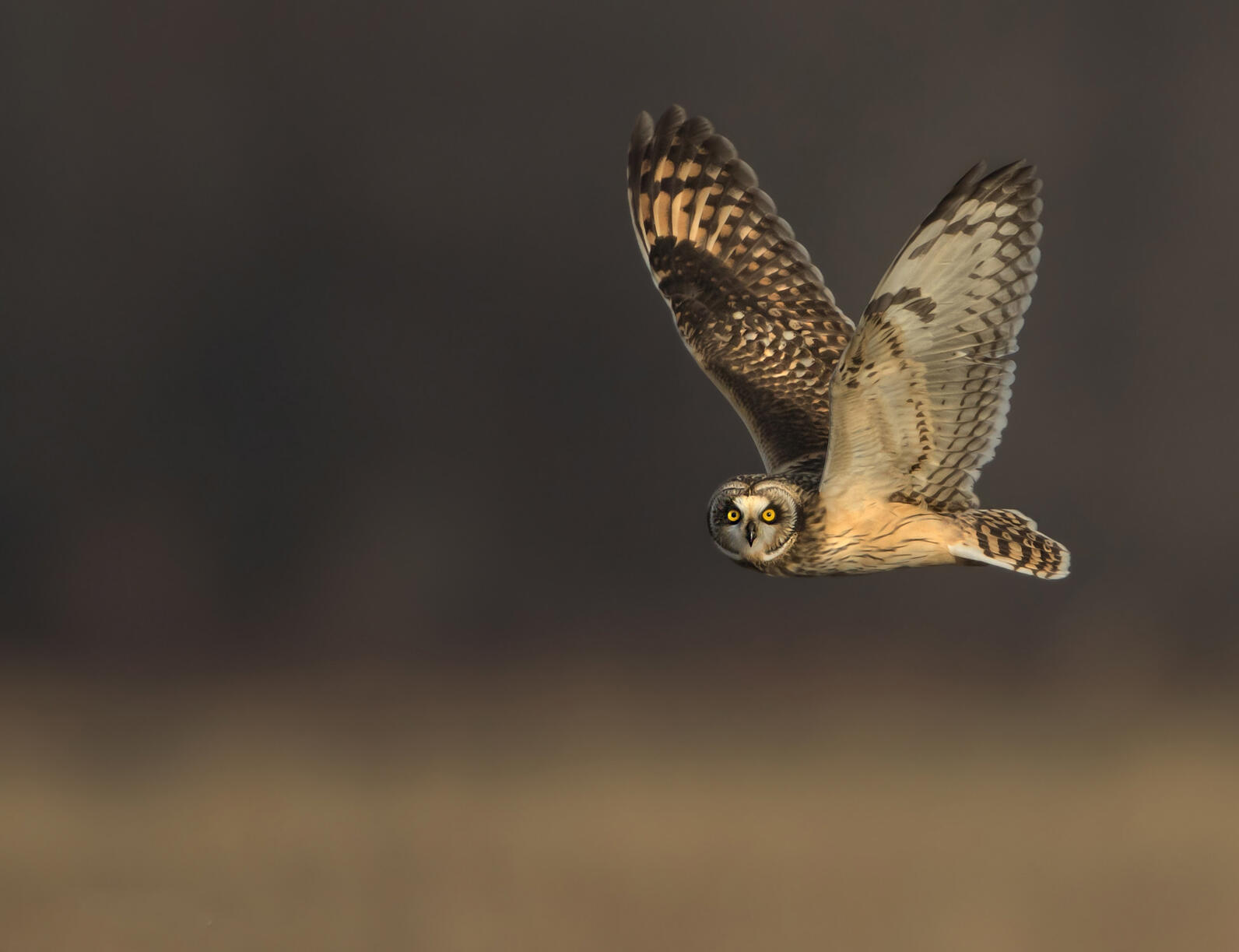
I shared this tale of harrier and owl with Ann Neville, a friend with whom I have wandered and pondered the south shore of Great Salt Lake for decades.
Ann asked, “Do you think the harrier was trying to capture the owl as prey?”
Thinking of those outstretched talons, my quick answer, “Yes, probably.”
How readily and assuredly opinions and conclusions gush forth, assumptions made about an intricate complex world of nature seen through the lens of the limited experience of a single fallible human mind.
Recalling the significance of an unseen owl, a critical clue to understanding the seemingly strange behavior of the harrier, I reevaluate my hasty answer.
Maybe explanations exist beyond killing the owl for food.
Size alone is problematic. Harriers hunt small to mid-sized rodents and sometimes capture small passerines like blackbirds. The owl is smaller than the harrier but still way beyond the common size range of a harrier capture.
Harriers often and regularly occur at this site, perching on poles and hunting the surrounding marshes and open greasewood shrub and grasslands. For a long time, Short-eared Owls have been sparse in the area around Gillmor Sanctuary. Decades have passed since my last sighting of an owl at this spot.
Perhaps this was an aggressive display to intimidate and drive an errant owl from the harrier’s established territory.
A better answer to Ann’s question than “probably” would have been “possibly,” an acknowledgment that true interpretation often spans wider, deeper, and more profound than the ability of my limited eyes and senses to detect.
A special thanks to Ann Neville, Bonnie Baxter, Jennifer Speers, Max Malmquist, and Heather Dove for comments.

